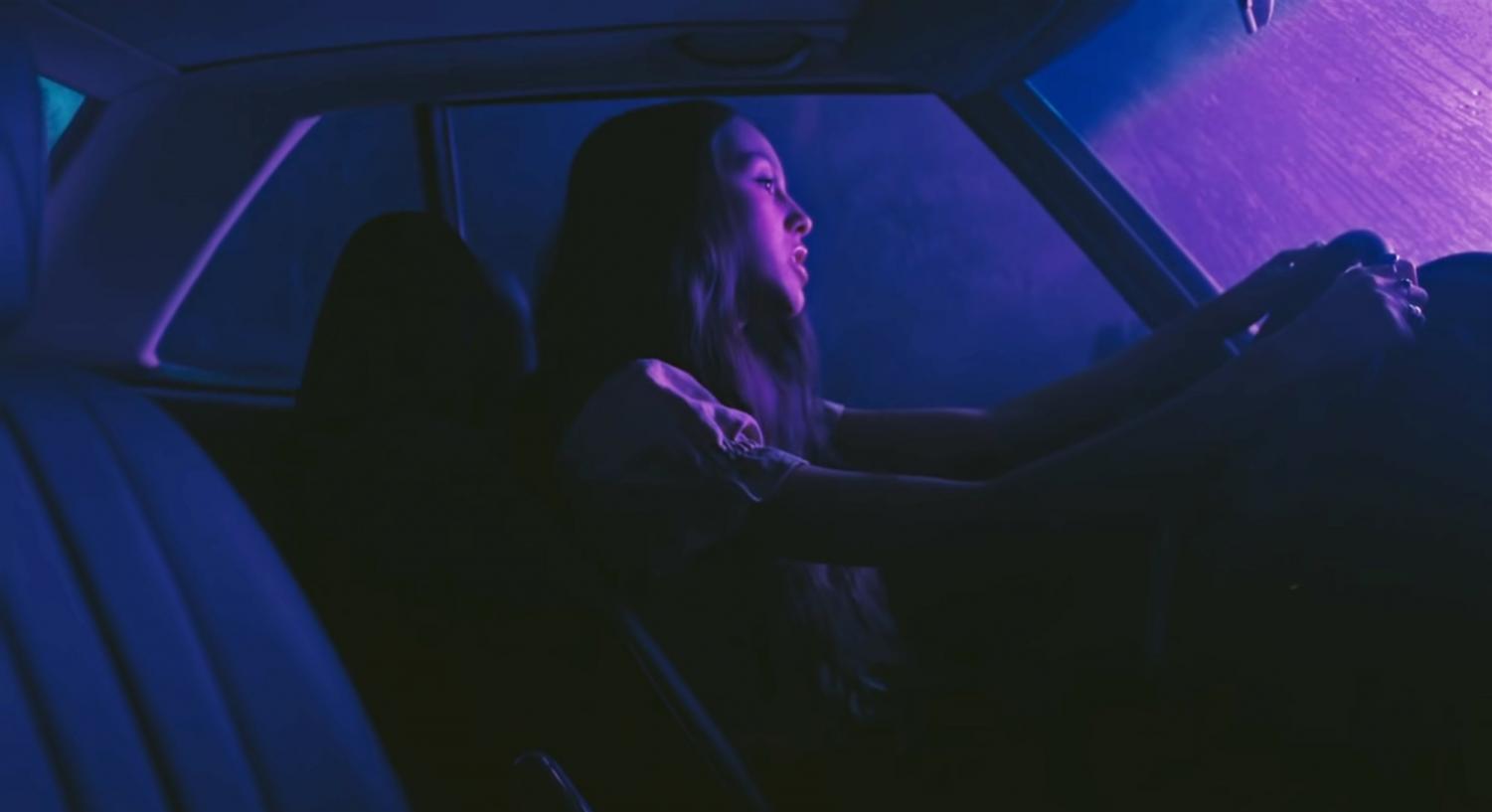‘Drivers License’ blends pop elegance with clever songwriting
January 26, 2021
An unexpected gem has emerged from today’s music charts.
On January 8, 2021, pop industry newcomer Olivia Rodrigo released her debut single, “Drivers License,” and since then, the song has remained number one on the iTunes charts, reinvigorating the spirit of contemporary pop.
A Disney Channel alum, Rodrigo wrote the song after acquiring her driver’s license, albeit without her ex-boyfriend. The song describes her feelings of loss as she drives alone, imbued with isolation.
Although “Drivers License” remains Rodrigo’s first and only major release, the lyrical ballad explores ingenious methods of storytelling unlike any song on today’s top charts.
The track begins with the ambiance of driving a car, keys rattling and gears shifting into place. Rodrigo explained via TikTok that some sounds were cleverly recorded from inside her mom’s car.
Singing the first verse, Rodrigo sets a reminiscent tone, almost engaging in a conversation with the listener. This method of musical storytelling is one of the many accomplishments of Rodrigo’s hit song. She quietly begins her story: “I got my driver’s license last week/ Just like we always talked about/ ‘Cause you were so excited for me/ To finally drive up to your house.”
In the chorus, Rodrigo lets go of her soft, breathy tone and expresses her aching experience of love and loss using vocal strength. She belts, “Guess you didn’t mean what you wrote in that song about me/ ‘Cause you said forever, now I drive alone past your street.”
When I first listened to the chorus, I was spellbound by Rodrigo’s powerful yet plaintive phrasing. She emphasizes that although having a license to drive bestows freedom and independence, Rodrigo only remembers the tainted memories of her ex.
Beyond the chorus and second verse, Rodrigo exposes her deepest emotions in the bridge, what many fans deem the most memorable part of the song. Accompanied with a powerful, haunting choral track, Rodrigo directly expresses her internalized yearning: “Can’t drive past the places we used to go to/ ‘Cause I still f***in love you, babe.”
Fans have compared this part of the song to the likes of Taylor Swift and Lorde, artists whom Rodrigo herself idolizes. While I can hear the resemblance, I feel Rodrigo provides more of a unique spin on the bridge, incorporating her pop influences as well as her original style.
Wrapping up the song, Rodrigo releases her final waves of emotion in the outro, which unexpectedly showcases Rodrigo’s ingenious songwriting.
Warning: Slight music theory obsession ahead
Even the final chord of the song cleverly conveys Rodrigo’s true feelings. While she could have ended the song with the first recitation of the line, “‘Cause you said forever, now I drive alone past your street,” Rodrigo chooses to repeat it again. Why would she do this?
The answer lies within the corresponding chord progressions. During the first iteration of the line, Rodrigo sings “street” above a B-flat major chord. During the second reiteration, the chord reshapes into g minor, the original chord’s relative minor.
It is well-known (even if you didn’t know the terms) that a major chord conveys happiness, joy, and satisfaction, whereas a minor chord depicts sadness, loneliness, and isolation.
Rodrigo reinforces this principle by ending her song on a minor chord instead of a major one. Therefore, she feels that the experience of her breakup left emotions unsettled, that she harbors uncomfort upon recalling memories of her ex. Perhaps there is more to this simple song than we once thought.
Despite its powerful message and melodious execution, there are a few flaws with Rodrigo’s soaring ballad.
Firstly, a driving metaphor in the pop industry is somewhat trite, with songs like Taylor Swift’s anthem “Getaway Car” engaging in its overuse. However, I appreciate Rodrigo’s attempts to stray from the bland lyrics of today’s music, where every breakup song is quite literally scripted as “you-hurt-me-so-much-I-hate-you.”
Additionally, modeling after songs by Billie Eilish or Lana Del Rey, the track’s generic, looping percussion reflects the mundaneness which I dislike in today’s music industry. If Rodrigo had varied her drum beats throughout the song, I would’ve found it much more appealing.
Nonetheless, these minor flaws only partially take away from the track’s integrity. The career-defining song reflects Rodrigo’s songwriting prowess, as well as her ability to convey strong emotion through music.
If this song encapsulates the very beginnings of Rodrigo’s career, I can only dream of the success she will garner in the near future.
Overall rating: 9/10


